|
The multicultural society of Trinidad and Tobago is made up of numerous different ethnic groups. The contributions of the Chinese community have made numerable impressions on the lives of all Trinbagonians, from food to Double Ten celebrations. Here are five well-known Chinese people who have contributed to T&T’s culture and society: Sir Solomon Hochoy Sir Solomon Hochoy was born on 20 April 1905 in Jamaica, and arrived in Trinidad at the age of two. He grew up in the village of Blanchisseuse and attended St. Mary's College from 1917 to 1922. In 1927, he began his distinguished career in the Civil Service. He served in various posts, and quickly worked his way up the organizational ladder. Upon attainment of Independence in 1962, he became the Governor-General until 1972. Carlisle Chang A renowned artist, Carlisle Chang’s work is memorialized in the Coat of Arms and national flag of Trinidad and Tobago. Known as the ‘Father of Art’ in T&T, Chang’s work was prolific and boundary-breaking. He also served as President of the Art Society of Trinidad and Tobago (1984-89). Chang received many awards, including the national honour of the Hummingbird Award in 1964. Louis Jay Williams Louis Jay Williams was born in Trinidad in 1897. He started business as a manufacturer's agent and eventually founded L.J. Williams Marketing Co. Ltd. He was the first Trinidadian businessman to use a local broadcasting station for advertising purposes. He also established the Australia to W.I. Shipping Service. He was a supporter of education and the local film industry. Dr Joseph Lennox Pawan Dr Joseph Lennox Pawan was a Trinidadian bacteriologist who was the first person to show that rabies could be spread by vampire bats to other animals and humans. Dr Pawan attended St. Mary’s College, Port of Spain, and later studied medicine at Edinburgh University. In 1929, after an outbreak of rabies among cattle, humans began contracting the disease. Dr Pawan found the first infected vampire bat in March 1932 and proved that various species of bat are capable of transmitting rabies for an extended period of time. In the King's Birthday Honours (1934), Pawan was appointed as a member of the Order of the British Empire for his ground-breaking discovery. The Pan American Health Organization (PAHO) also posthumously named him a "Hero in Health" in 2002. Dai Ailian Dai Ailian, born in T&T, was a Chinese dancer and an important figure in the modern history of dance in China. Her years as a dance teacher and educator helped China build a generation of dancers, choreographers, and educators. She is known in China as the "Mother of Chinese Modern Dance".
She was co-founder of the National Ballet of China and the Beijing Dance Academy. She’s also said to have been the first person to bring western ballet to China in the 1940s. Do you also have Chinese heritage? Source: The Loop, October 2016
0 Comments
LOCAL basketball talents Ashanti Phillips, Tyrik Singh and Shaquille Bertrand are now based in the US as the three players were granted athletic scholarships over the Juky/August vacation period to pursue their academic and athletic endeavours.
According to a press release issued by the National Basketball Federation of TT, Phillips of Stories of Success (SOS) Basketball Academy and Tyrik Singh, who was most recently a part of the Maloney Pacers Basketball Club and Youth Development Programme, both received scholarship opportunities following their participation in this year’s 25/8 Exposure Camp hosted annually by local non-profit organisation, Caribbean Hoops. Phillips, who is the first scholarship recipient out of SOS, suited up for the Sheridan College Generals, in Wyoming. The six-foot-two-inch player is excited about her new journey and looks forward to representing TT on the international stage. In her response to the fortuitous opportunity, Phillips said, “I was so excited that my dream turned into a reality. When I first heard about the scholarship opportunity, I was indeed shocked, but I was happy to put myself in a position to take my game to the next level.” Towering at six-foot-seven-inches, swingman Tyrik Singh committed to McCook Community College, in Nebraska. The former national Under-19 vice-captain also expressed elation upon receiving his scholarship. “I am extremely grateful for Caribbean Hoops and all the coaches that helped me get to the position that I am in currently,” Singh said. Singh also has positive sights on his academic pursuits. “In my final year at McCook, I will be receiving an associate of arts degree. When that occurs, my next step is to move on to a division one programme to finish my degree in business and play at the highest level” said the 21-year old. Meanwhile, Maloney Pacers’ Bertrand is now studying and playing at Central Arizona College (CAC) in Coolidge, Arizona. This came following a visit to TT by CAC’s men’s basketball programme coach, Tramaine Aaron, during the summer vacation. The Maloney-based club members were in full view of coach Aaron, along with former Pacers scholarship recipient, Sheldon Peterson. The sessions, which were organised by the club’s coach, Christopher Jackson, took place over a two-day period. As the sessions concluded, Bertrand was at the forefront to join the CAC Vaqueros. While his goal is to dominate on the court, Bertrand will also aim to advance himself academically in the field of sports management. 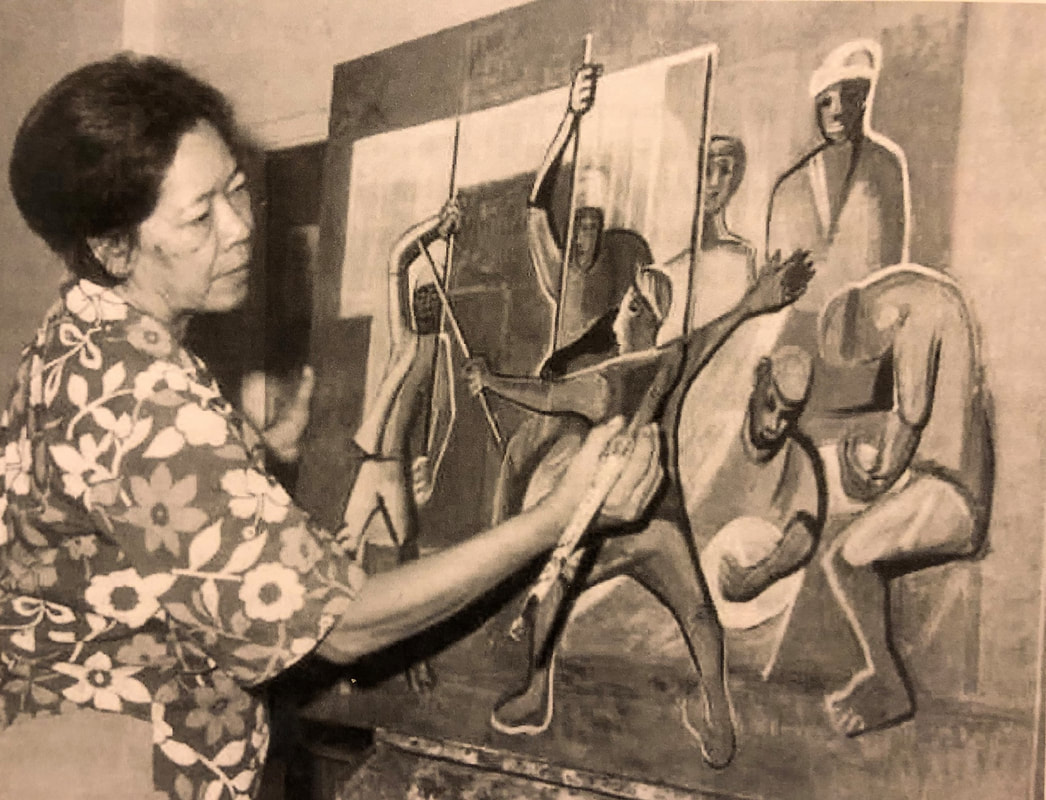 Today in Trinidad the people who remember Sybil Atteck are diminishing with time. There is an effort under way by her nephew Keith Atteck to write a biographic work that highlights Sybil and her contribution to art in Trinidad and Tobago and provide a historical context to the Chinese family that surrounded her and nurtured her passion for art. Sybil Marjory Atteck was born on February 3, 1911 on her grandfather’s estate in Tableland, South Trinidad. She was the third girl child to her parents Philip Charles Atteck and Elizabeth Atteck (née George). Her elder sisters were Olive Atteck and Olga Atteck. She was followed by her next younger sister Rita Atteck who was born in 1912. The family were sent off to find their own way on a piece of land in Rio Claro purchased by their father to establish a cocoa estate. This estate was next to the de Verteuil Estate. I am still trying for find out exactly where this was. The four girls were soon followed by three more girls and one son. In Rio Claro the children were home schooled. The family eventually reached eleven children. Sybil’s best subject was art and this interest was established early in her life. Granny George encouraged the family to move to Port of Spain as the girls were now of age to go to convent school. The family moved the children, mother and grandmother to Port of Spain in 1924 where the eldest three girls went to Bishop Anstey in Port of Spain. Sybil’s desire to be an artist was tempered with the family’s dire financial situation after the 1930’s arrival of the witches’ broom and black pod diseases that whipped out much of the cocoa harvests and put the family in debt to their Chinese creditors. In September of 1930 Sybil got her first job at the Experimental Station in St. Augustine an she would go onto to other jobs before becoming an professional artist. May of her siblings also went to work all to help support the family. It was in 1930 that Sybil first exhibited her art as part of one of the first exhibitions sponsored by the “Society of Independents” that was formed a year earlier in 1929. Let’s fast forward to 1960 - 1962. By now Sybil is a founding member of the Trinidad Art Society. She has studied art in England, Italy, Peru and the United States. She is the first West Indian artist to have exhibited at the Royal Academy in London. Sybil Atteck is a professional art teacher and mentor to many local artists, and has done major art exhibitions nationally and internationally, completed many commissioned works including murals, and is in the prime of her career. Trinidad is on the brink of independence. Sybil is involved in selecting the art works for the opening of the Hilton Hotel and she is on the committee to develop the symbols of the nation. With the help of her brother Philip Atteck and his wife Helen Atteck they open an art gallery and flower shop at the Hilton Hotel, and Sybil is deeply involved in the efforts of the Trinidad Art Society as the Art Society President. Wow what a burst of energy not only for Sybil Atteck but for Trinidad. And there is so much more. Sybil would soon face the most difficult moments in her life. In 1969 has her first bout with cancer. She tried desperately to raise the funds to pay for her treatment. With her future is now in doubt she fights on and survives this life challenge and continues with several exhibitions. In 1973 she is nominated for a Chaconia Medal (Gold) for her contribution to art in Trinidad and Tobago. However, her cancer returns and she was unable to be present to receive the medal. Her sister Olga, now returned to Trinidad to care for her ailing sister receives the medal on her behalf. Sybil struggles on through 1974 and eventually succumbs to her ailment on April 15, 1975. However, Sybil Atteck is not forgotten. She is regaled in newspaper articles and magazines by her friends, peers, and may others. She is featured on Stamps of Trinidad and Tobago. Sybil Atteck is even in a crossword puzzle. And in 2006 she is featured in the celebration of the Bicentenary of the Chinese arrival in Trinidad. Her legacy lives on in the memory of her nephew, in the art that can be seen in Trinidad and around the world, and in the heart of the many students who had the privilege to be taught and mentored by Sybil Atteck. Source:Keith Atteck, Oct 6, 2019  Several years shy of his 40th birthday, Marc Farrell has already lived multiple lives. Born in Trinidad, he left his tropical home for the stately halls of MIT, where he began studying chemical engineering–at the age of 16. By 26 he would also hold a masters in philosophy from the University of Cambridge as well as an MBA from Harvard Business School. By 36 he had gone on to become the youngest Vice President in Starbucks history, heading up eCommerce and then global retail and beverage innovation. What might he have in store for 46? If Farrell has his way, rum will have a lot to do with it. The business impresario has traded in coffee for coladas with his latest venture: Ten To One. The nascent brand launched earlier this year with two expressions, a Caribbean White (priced at $29) and a Caribbean Dark ($43). Both represent a blend of liquids from esteemed producers across the islands. And as you can expect with someone as singularly focused as Farrell–there’s more to come. Here he talks about his journey from the boardroom to the bottle shop in an exclusive interview for Forbes. How did you come up with the idea for Ten To One? What were your inspirations? I’m always quick to tell enquiring minds that the story of Ten To One begins in Trinidad & Tobago. Not only because it’s the place of my birth, and the axis of my own introduction to rum, but because it was there, during a visit by my friend (now co-founder) Zac Waksal six years ago, that the early seeds for Ten To One were planted. It was on that trip, as Zac spent time with my family and I over New Years, that we often discussed how surprised he was at the differences between rum as he knew it in the US, and the way that he saw it brought to life during that trip to Trinidad – a diverse and elevated spirit, that played a pivotal role in many of the special moments of celebration we enjoy in Trinidad, and in the broader Caribbean. Over the course of the next few years, we would continue to talk about how big a gap there was between the experience of that trip, and the way that rum was typically positioned in the US, until we started working on the concept in early 2018, once the call to begin developing the brand became virtually impossible to ignore. I knew very early in my career that I loved the consumer space, and specifically the idea of creating brands; And I’ve always loved storytelling and been inspired by those who can bring a product to life in the hearts and minds of consumers. Ten To One allows me to fulfill that passion and ambition in a very unique and personal way, as the brand is derived genuinely and directly from the way that I see the world – whether my long-held passion for the spirit, my love of all things brand, the deep pride that I take in my Caribbean roots and culture, or the inspired community of folks that we hope to share the brand with. How did growing up in Trinidad influence your experience of rum? Through the lens of Trinidadian culture, I understood rum to be an extremely versatile spirit with a number of premium expressions, that played a pivotal role in many of the moments of celebration – both big and small - that we enjoyed as a people. What gaps in the market does Ten To One Hope to fill? While seemingly every other spirit – vodka, tequila, mezcal, gin – has been disrupted, and elevated in the US and beyond, rum has seemingly stood alone, too often relegated to a very narrow, preconceived set of drinking occasions and marketing plotlines, and under-appreciated for the breadth and quality that the category has to offer. As someone who is born and raised in the Caribbean, I really believe we have an enormous opportunity to further elevate the conversation around rum – not only by introducing a high quality spirit to market, but by broadening both the current narrative around rum, and the occasions for which it might be considered the spirit of choice for today’s consumer. Beyond the rums themselves, what do you see as Ten To One’s overall mission? As a company, we frequently discuss our objective to.. “create a contemporary and elevated blend, designed to challenge expectations and reinvigorate the way people taste, experience and talk about rum” But beyond the rum itself, we’re inspired everyday to provide consumers with a window into a more contemporary view of Caribbean culture, through the lens of Ten To One. For far too long, I think the category has suffered from an overly narrow and somewhat caricaturized and uninspired positioning. Coming from Trinidad, my experience with rum has been very different, and the more I looked into the space, the more convinced I was that we could offer something truly different and invite the modern consumer to join us on that journey. How will you measure success with this latest chapter of your life? Like anyone else creating a spirits (or consumer) brand, I think the ultimate reward comes from being able to share what you’ve created with others, see them develop resonance with your product and its reason for being, and ultimately having it contribute to moments of celebration and community in their own lives. Finding an opportunity to bring some of that same passion to life in the US market, is at the heart of what we aspire to achieve with Ten To One. New Yorkers can already find the brand behind the bar at some of the city’s hippest watering holes and restaurants, including The Aviary, Momofuku Noodle Bar, Cote/Undercote, Gramercy Tavern, Up & Up. Look for it on liquor shelves nationwide in the months to come. Source: https://www.forbes.com/sites/bradjaphe/2019/10/16/the-life-and-times-of-marc-farrell-from-starbucks-youngest-ever-vp-to-craft-rum-impresario/?fbclid=IwAR1MICtobViTQLx07g335rMM4ZuWlaSyVr3WK40A-l78xDcYZOW_BMhzfw8#67e4fed54eea I would make decisions based on what is right and not what is popular.
Within the last few weeks, I have made several controversial decisions and comments in my official capacity, that have caused nationwide debate as to whether it should have been done or not. Whereas it is the right of everyone to have the freedom of choice or expression of any matter, it has indeed demonstrated the lack of understanding of the laws of the land by a few, as some are boxed into making views based on emotion and not based on logic, international best practice or fundamental policies of law enforcement. Just a few of these decisions, which have caused some to comment in an adverse manner, have in fact raised eyebrows internationally, as those who understand law enforcement, are shocked that any logical thinking citizen would have concerns on making decisions based on what would have been done in the exact same manner in those countries, as is mandatory due to their experience and expertise in understanding the value of making such decisions, and adhering to Standard Operations Procedure. Just a few of these include: • The decision to release persons held against their will: The audacity of me, being so bold, to release 69 persons who were reported as being imprisoned against their will, tortured, beaten, left naked, kidnapped, assaulted and had funds taken away from them. How dare I as Commissioner of Police, be so out of place to expose this and release these persons from captivity? • The decision to acquire Armoured vehicles to protect the lives of Police Officers: In Parliament recently, a concern was raised by a politician as to the audacity of a Leader in the Police being so foolish to want to acquire vehicles to ensure that my Officers can be protected from hostile gunfire when they patrol. So what if almost every elite law enforcement unit in the world has similar vehicles to ensure that the lives of Police Officers are protected, but how dare I do the same to try to protect the lives of TT Police Officers whilst performing their duty? How dare I acquire an Armoured vehicle to assist the State to ensure that we are prepared to act if there is ever a repeat of 1990, or to extract a hostage if held captive, or to get personnel to a site to defuse a bomb, by wanting to have them secured in a vehicle that could save their lives? • Establishment of a Police Social Media Monitoring unit: So what if this is done worldwide - why should a unit be established that would monitor what everyone else is viewing on social media, even though this Unit would assist in reducing child pornography, human trafficking, child prostitution, recruitment of terrorists and recruiting of gangs, and getting leads to solve or stop a murder, because apparently for some, it is the right of the criminal to be protected and have a degree of privacy, so how dare I try to invade that privilege, even if it could save lives . • Revealing facts in a charge report to the public, that is accessible to the media: A well-known figure is charged under the Sedition Act, and the media only uses the extracts of what was conveniently fed to them, instead of actually acquiring the charge report. To clarify the misconception, I reveal the actual charge report, showing much more of what was in the charge report. The Defence Attorney then sends a release, voicing his concern, that I revealed the truth and the facts to the public, so a media house puts a headline saying ' Gary's Mischief ', because how dare I reveal the truth to the public, because revealing the truth, revealing facts to the public is seen as mischief. Breach of Regulations by allowing a civilian into an armed conflict, hence endangering his life and possibly that of other Officers: The latest horror is me being so bold to launch an investigation whereby Police Officers, engaged in a hostage crisis, allegedly being confronted by someone with a firearm, but allowing a civilian to become vulnerable and exposed in a firefight, and being allowed into a possible kill zone, which could have also affected the said officers in the performance of their duties. The excuse to justify such approval being that it is the family member of someone makes it even more important for anyone who has a firearm, not to be engaged in such an armed conflict, especially when it is under the control of the TTPS as that said time. The same critics who are concerned about me being so bold to deal with a breach of operational law enforcement policy by allowing a civilian into a hostile environment would be the first to be expressing concerns, had that same citizen been killed in the crossfire. Whilst the Officers can be commended for their actions in extracting the hostage unharmed, I ask which country, Police Department or Service in the world, would find it appropriate for a relative of someone being held hostage, to be allowed to draw a firearm and accompany Police Officers into a hostage crisis? Social Media is indeed a double-edged sword as it opens the door for comment on every matter, much of the time without proper research and many times facts, causing at times more harm than good. For too long, this country has seen many decisions made based on persons in authority going in a certain direction to win support and popularity. As a Leader and in this case, as Commissioner of Police, I have no intention to ever make any decision or comment, based on doing what the majority feels, but doing what is required based on whether it is right or wrong, or whether it is legal or illegal. I have no intention to change that stance Gary Griffith Junior, Commissioner of Police. Source: Breaking News TT October 19, 2019 How many of us are cognizant of the fact that the Powergen plant in Port of Spain which was decommissioned in 2016 was the location of the first electricity plant in Trinidad and Tobago?
Private electric generators had been in existence in the island for some time so it was no great novelty . The Waterloo Estate sugar factory had electric lights from as early as 1885 as did the massive sugar works at Usine Ste. Madeleine. Port of Spain however, continued to be illuminated by streetlamps fueled with coconut oil which was both smelly and of poor illumination properties. A gasworks had been erected at La Fantasie in St. Ann’s in the early 1880s but this provided gaslight to only a few wealthy homes in the upper part of the city, including the Governor’s Mansion (now President’s House). Since 1887, the Town Council had passed an ordinance for the initiation of electric lighting , but it was up to an enterprising businessman named Edgar Tripp to get the ball rolling. He registered a company on July 5th 1894 called “The Electric Light and Power Company” with Trinidad’s richest man, William Gordon Gordon as Chairman, and himself as company secretary. In anticipation of being awarded the concession to provide electric power, Tripp began placing tall cedar poles throughout the city which required the trimming of trees. These were higher than the poles installed in 1885 by the Commercial Telephone Company and that firm objected strenuously since it was feared that contact between the electric and telephone cables could ignite fires. Mere weeks after the electric company was formed the concession came through with the commitment that Port of Spain should have electric lights before March 5th1895. Simultaneously, work was beginning on a generating plant at a place called Shine’s Pasture in Woodbrook which had been leased by Tripp some time before at the princely sum of $100.00 per annum. Mr. Khun, the chief engineer (and incidentally the owner of the island’s first automobile in 1900) pulled off a small miracle in networking a huge coal-fired steam boiler to massive electric dynamos. The large doings of the electric company raised its share of debate at the Legislative Council as well as in the Town Hall on Knox St. In the latter, Councillor Emmanuel ‘Mzumbo’ Lazare (a brilliant young black lawyer) questioned why lines were not channeled underground instead of being run overhead but he was told that work had progressed too far to consider that option. One has to reflect on the vast difference underground lines would have made to the landscape of Trinidad in later years. The momentous day arrived on February 25th 1895 when Tripp did a final inspection to much applause, and the lights went on for the first time. The Governor’s wife, Lady Broome, asked for this favour so that he could take the first English cricket team to visit Trinidad on a night drive. The official launch date however, was a week later. One of the first buildings to benefit from the new power supply was the Queen’s Park Hotel which itself was the result of another one of Edgar Tripp’s business ventures. A subsidiary company was created within the year to provide electric tramcars for the streets . In 1901, controlling interest in the Tripp’s firm was acquired by a Canadian businessman who simultaneously signed a 30 year contract to provide power through a new entity, the Trinidad Electric Company. In addition to supplying power and tram services, the TEC sold electric appliances , operated an ice factory to manufacture the cold stuff from pure tap water, and undertook general electrical contracts for private individuals. The original coal boiler installed by Mr. Khun was eventually converted to run on oil and boosted with the addition of more dynamos. The colonial government acquired the firm after 1933 and this was to usher in an island wide electrification drive since there was no public power grid outside of Port of Spain, and San Fernando which had its own private generator since 1923 as will be seen in next week’s column. Thus, as the clock ticks for the winding-down of operations at the POS Powergen plant, it would be well to reflect for a moment on the distant days now past when Edgar Tripp made the nights brighter with electricity for the first time , 120 years ago. Source: Angelo Bissessarsingh, the Virtual Museum of Trinidad and Tobago  The coalpot and canaree were once fixtures of every kitchen, large and small, rich and poor from at least the 18th century right up until proper gas stoves and cylinders became available after the 1950s. The coalpot is pretty straightforward. Nowadays they are manufactured locally from alight, durable pot-metal alloy but still are pretty authentic in shape. The original examples however (and these have now become prized antiques to those who have them), were of cast iron. The earliest form was imported from foundries in England and sported two iron rings on either end which marginally isolated the cook from the heat when having to move the pot whilst still filled with burning coals. There are few who would argue with me when I assert that a meal cooked on a coalpot in the proper old fashioned way is far more flavourful than anything prepared on a modern range.The portable nature of the coalpot made it useful for families who lived in confined spaces like the barrackyards around Port of Spain or in the barrack-ranges on the sugar plantations. A simple one-pot dish could be prepared in short order which usually combined rice with some type of legume (red beans, black-eyed peas, dhal etc.) or greens like ochroes or bhagi. Many of these frugal-yet-tasty one-pot collations have remained fixtures of the national palate. The Canaree on the other hand is infinitely older. The first indigenous pottery-making cultures arrived in Trinidad around 250 BC. Classed as Saladoid because of the typing of their ceramics at Saladero in Venezuela, these first peoples supplanted an earlier hunter-gatherer set which had persevered since 6,000 B.C. The canaree or stewpot was used for the cooking of pepperpot which was a melange of vegetables, meat and spices . Key to the pepperpot was cassareep which is the juice of the poisonous bitter cassava, squeezed out using a basketwork tube known as a couleve and rendered harmless by boiling and adding red capsicum peppers. Cassareep has preservative properties so that as long as the pepperpot was kept boiling over a slow fire, it could be sustained indefinitely by adding fresh cassareep and ingredients. This characteristic made it invaluable to early settlers who had more pressing issues to occupy their time than just cooking meals. Even in the poorest of households, the pepperpot had a place since it freed the housewife to attend to other domestic affairs. The great-houses on the sugar and cocoa plantations of the ruling planter elites kept a pepperpot bubbling at all times in a huge canaree. In an era when roads were unmade tracks and travellers could be stranded in the rainy season since most rivers were unbridged, the pepperpot was an easy way to provide a hot meal when served up with boiled rice or ground provisions. Some more magnanimous grand folk like Robert Guppy –a 19th century Mayor of San Fernando- kept an open table in a back veranda of their homes where poor persons (usually old retainers of the household who had outlived their productive years and were near vagrancy) could sit and have a dish of pepperpot. The Canarees of the 19th and early 20th centuries were most often rough, fired earthenware, imported from Barbados and manufactured near the clay pits near Chalky Mount. Some were locally made by Indian potters but these were considered to be of inferior strength and not able to take constant heat over the years. By far the most legendary pepperpot in the island was the one at Woodbrook Estate which was a sugar plantation from the 1780s right up to 1899 when it was sold and laid out in small building lots. The estate house, which stood where Woodbrook Fire Station is now, was a simple wooden structure and in its last days, was inhabited by a ruddy, loud Scottish manager named Watson. In the detached kitchen, a massive canaree, blackened by age and flame, bubbled over a slow fire. The Woodbrook Pepperpot in the 1890s was rumoured to be over 100 years old and was rated for its fine flavour , no doubt because all the original ingredients had long since disintegrated into a spicy broth. The Woodbrook pepperpot was outdone by the Diamond Estate pepperpot of Demerara in British Guiana which in the same period was already said to be near two centuries old. That must have been a flavorful dish indeed! Although popular in Guyana, the pepperpot is now rarely tasted in Trinidad, yet it continues to be part of our earliest culinary roots. |
T&T news blogThe intent of this blog is to bring some news from home and other fun items. If you enjoy what you read, please leave us a comment.. Archives
July 2025
Categories
All
|
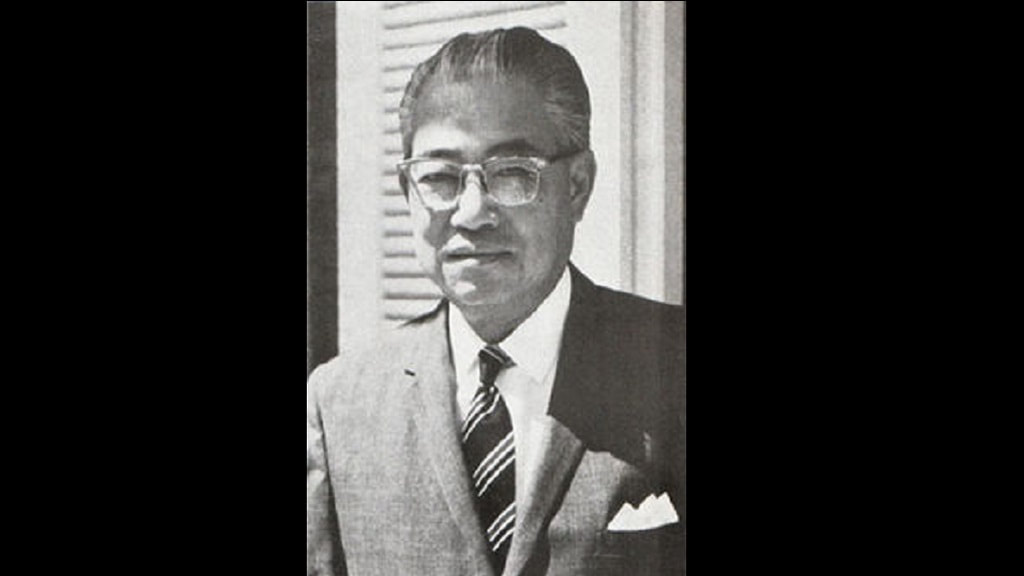
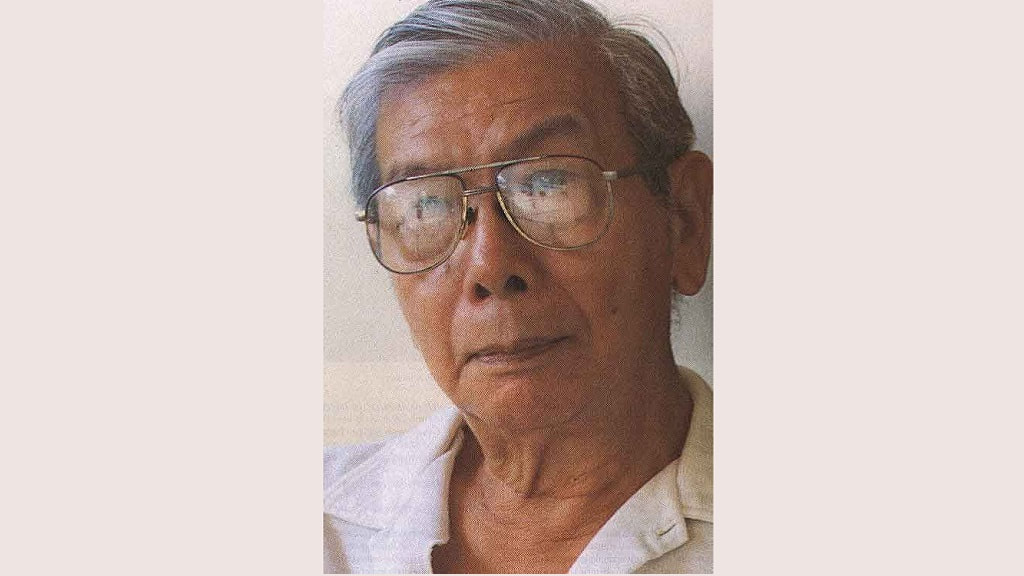
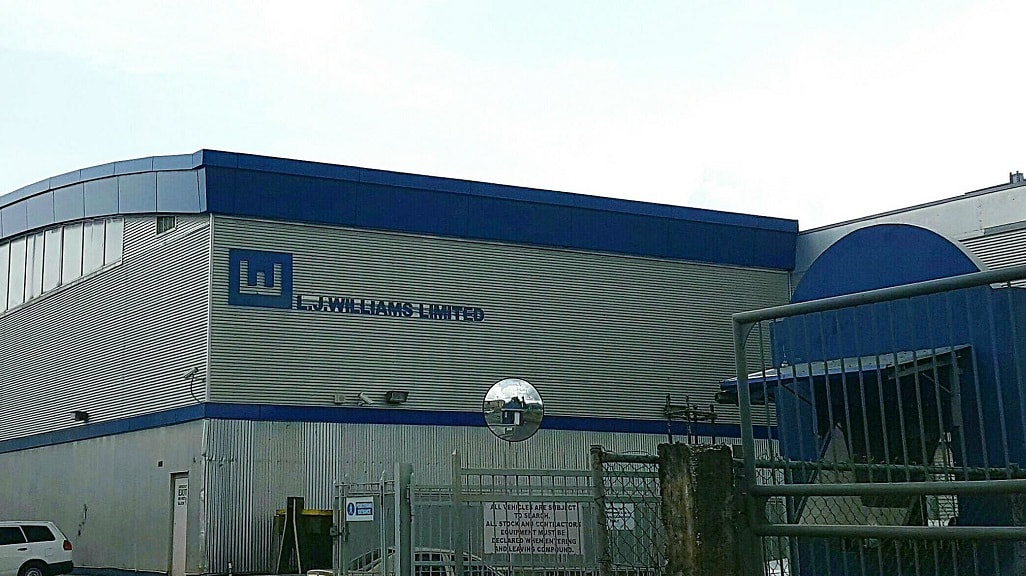
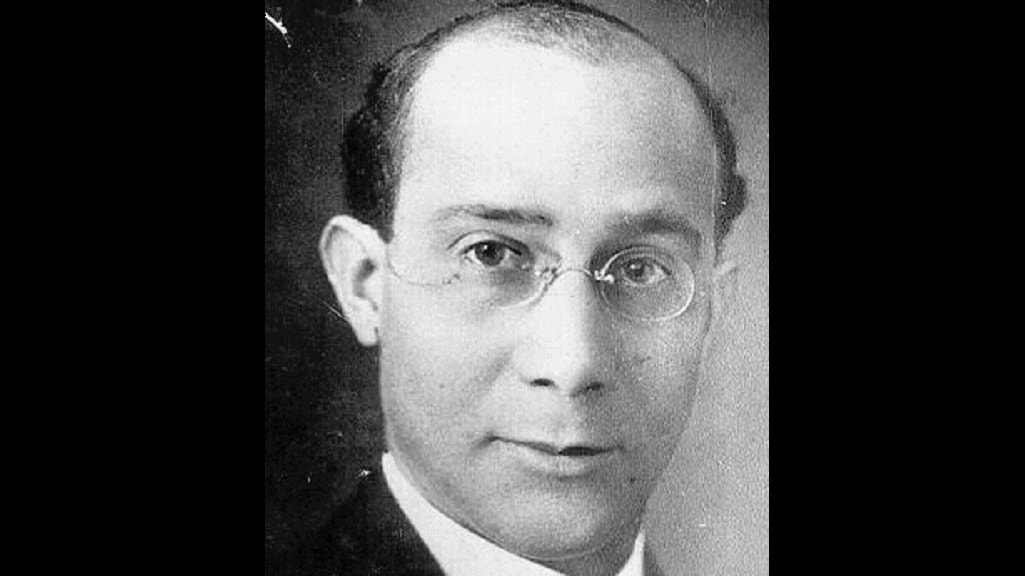
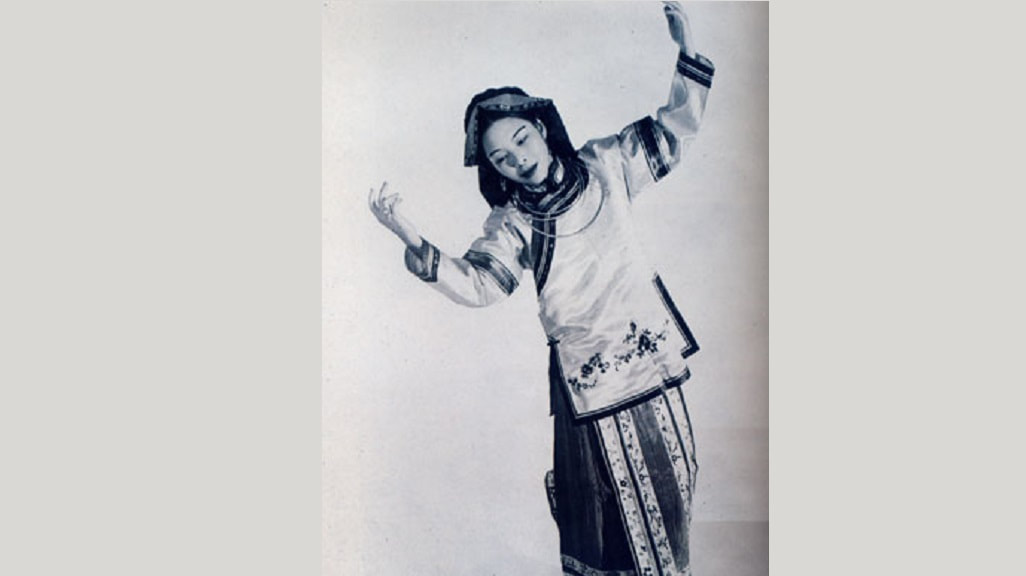



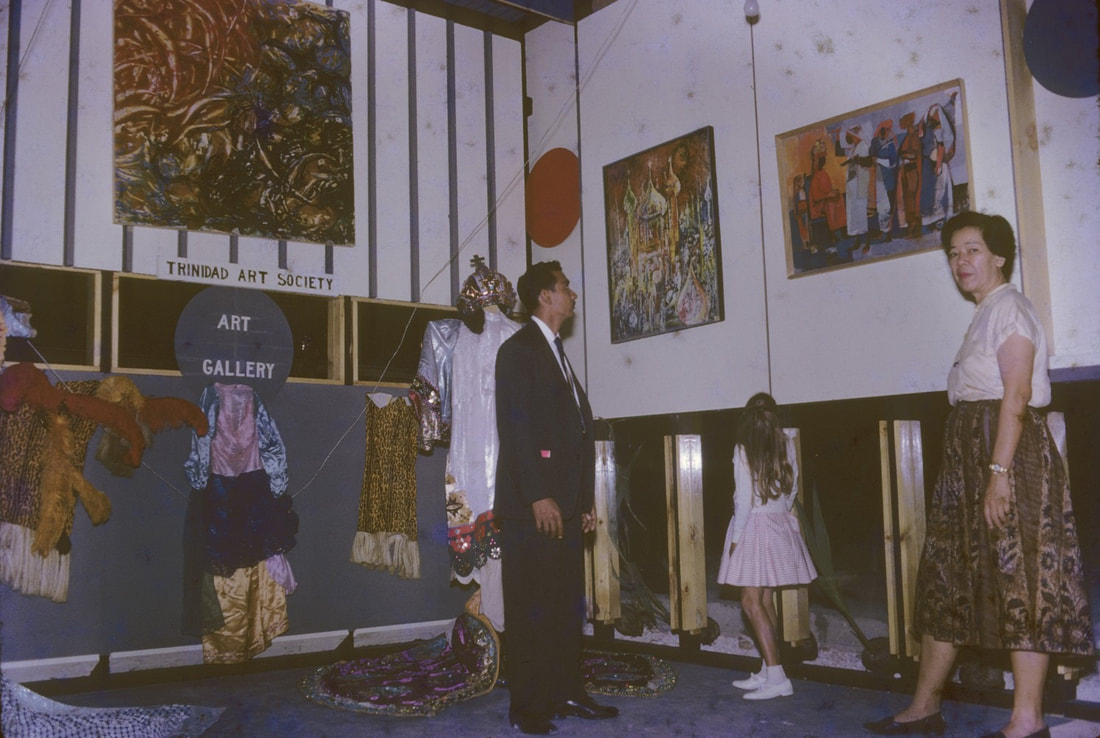









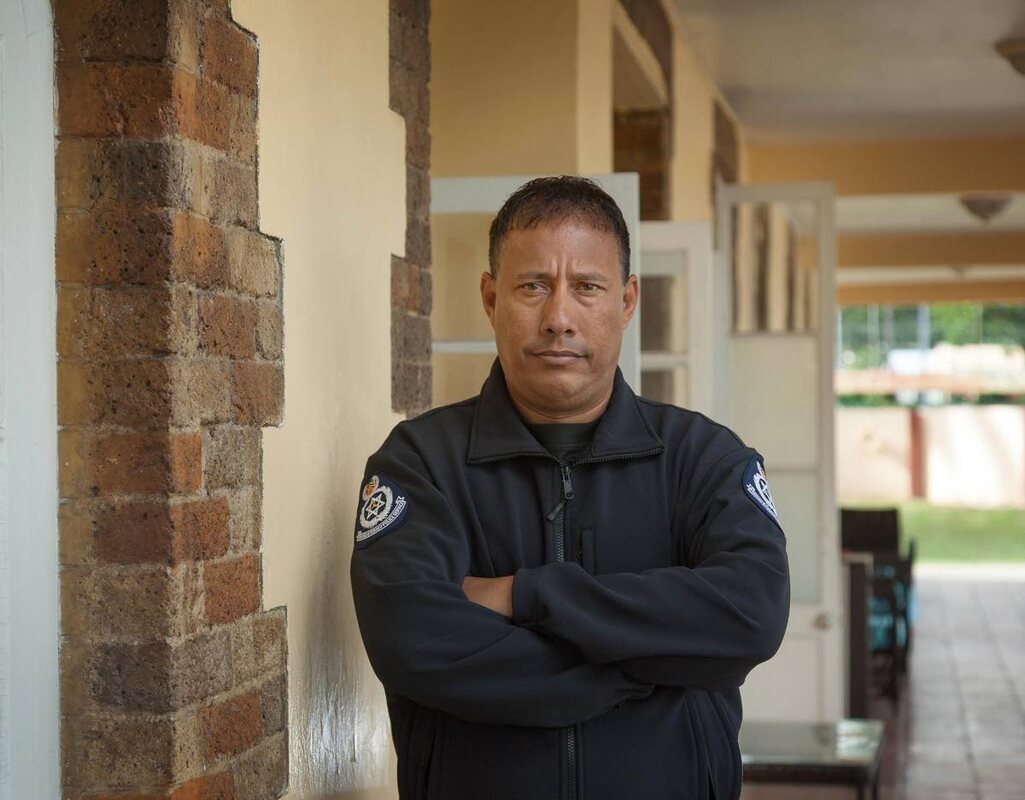



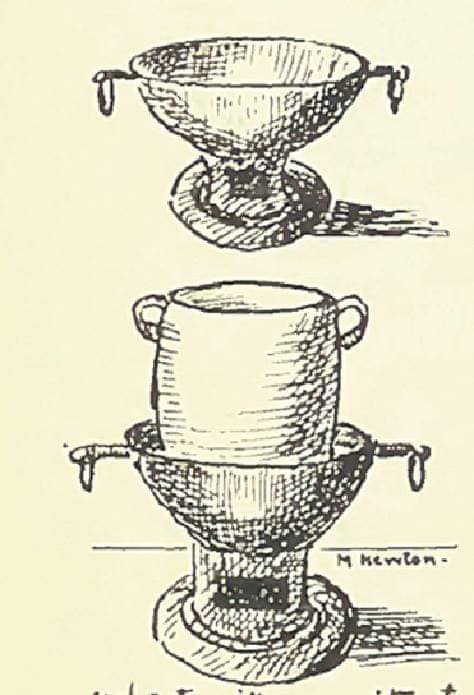




 RSS Feed
RSS Feed